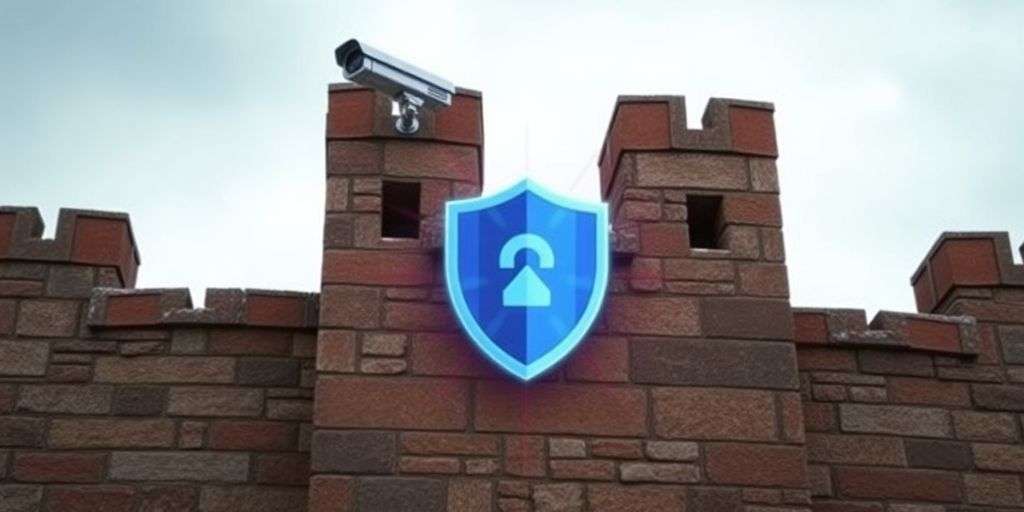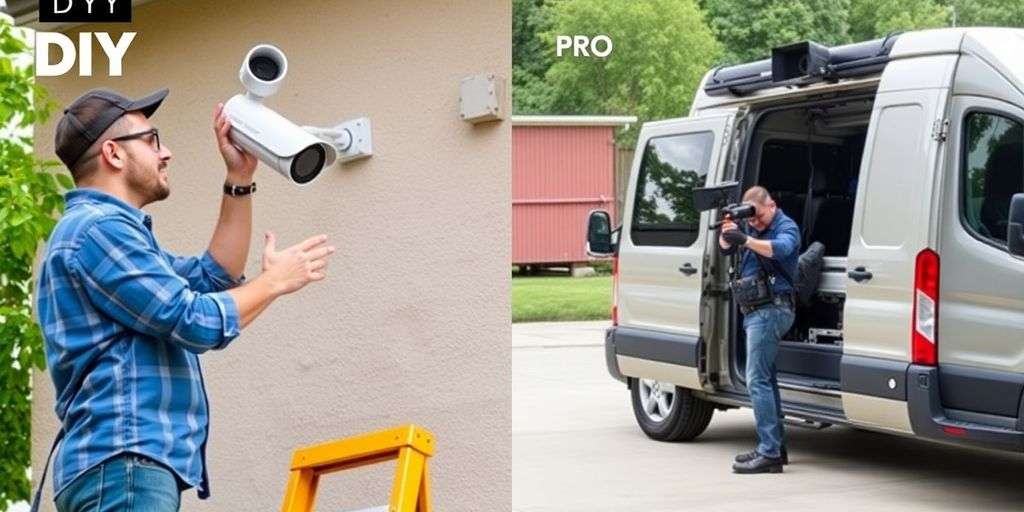Electric fences are a versatile and reliable method for managing livestock and securing property. Understanding the intricacies of installation, including optimal depth, material choices, and strategic placement, is crucial for ensuring the effectiveness and longevity of the fence. This article delves into various aspects of electric fence installation, offering insights into achieving the best results.
Key Takeaways
- Assessing soil conditions and conducting conductivity tests are essential to determine the need for additional grounding, which prevents weak shocks or fence failures.
- Choosing the right materials and strategic placement of posts and insulators is crucial for maintaining optimal fence height and preventing power leakage.
- Regular maintenance, including inspections and adjusting for larger systems, ensures the fence remains effective and minimises the need for costly repairs.
Understanding the Optimal Depth for Electric Fence Installation
Assessing Soil Conditions
When installing your electric fence, the first step is to assess the soil conditions. Different soil types affect the conductivity and, therefore, the effectiveness of your fence. Sandy soils may require deeper grounding rods, while clay-rich soils might need less depth but more frequent grounding points.
Conductivity Tests and Grounding Requirements
To ensure your electric fence functions optimally, conducting conductivity tests is crucial. These tests help determine the necessary depth and spacing of grounding rods. Poor grounding can lead to weak shocks or even complete failure of the fence, making this step indispensable.
Material Choices and Cost Efficiency
Choosing the right materials for your electric fence not only affects its durability but also its cost efficiency. Opt for materials that offer a balance between quality and price. Consider the longevity and maintenance requirements of different materials to make an informed decision.
Strategic Placement and Spacing for Electric Fences
Assessing Soil Conditions
When planning your electric fence installation, it’s crucial to first assess the soil conditions. Different soil types can affect the post spacing and stability of your fence. Sandy soils may require closer post spacing to ensure stability, whereas clay-rich soils might support wider spacing. Conduct a thorough analysis to determine the best approach for your specific location.
Conductivity Tests and Grounding Requirements
To ensure your electric fence functions optimally, conducting conductivity tests is essential. These tests help determine the grounding requirements necessary for effective operation. Remember, a well-grounded electric fence is a safe and effective fence. Consider the moisture content and mineral composition of your soil as these factors significantly influence conductivity.
Material Choices and Cost Efficiency
Selecting the right materials for your electric fence not only affects its durability but also its cost efficiency. Use high-quality insulators to prevent power leakage and choose the right type of wire that balances cost and longevity. Planning your material needs in advance can save you both time and money in the long run.
Post Spacing on Varied Terrain
On varied terrain, post spacing is a critical factor that can influence the effectiveness of your electric fence. Here’s a quick guide to help you decide:
- Flat terrain: Up to 25 metres
- Rolling ground: As little as four metres
Adjust your spacing based on the specific topography of your area to maintain optimal wire height and fence stability.
Importance of Insulators in Fence Stability
Insulators play a pivotal role in maintaining the stability and efficiency of your electric fence. They prevent the conductor or wire from touching the posts, which could lead to power leakage. Special anchor insulators are recommended for the ends of fence lines or around corners to enhance the overall integrity of the fence.
Adjustments for Larger Systems
For larger electric fence systems, adjustments may be necessary to accommodate the increased scale. This might include using more powerful energizers, thicker wires, or additional grounding rods to handle the greater demand. Always ensure that these adjustments meet the safety standards to maintain both the effectiveness and safety of your fence.
Key Components of an Effective Electric Fence
Choosing the Right Power Source and Energizer
To ensure your electric fence operates at peak efficiency, selecting the right power source and energizer is crucial. The energizer, often referred to as the fence charger, is the heart of your system, delivering pulses of electrical current to the fence. Choose an energizer that matches the length and type of fence you are installing to maintain optimal performance and animal safety.
Wire Selection and Configuration
The type of wire you choose and how it is configured plays a significant role in the effectiveness of your electric fence. Use high-quality, durable wires that are suitable for the specific environmental conditions of your area. Configuring your wires correctly, with appropriate spacing and tension, is essential for maintaining a consistent electrical charge and preventing escapes.
Safety Measures and Regular Maintenance
For the safety of both animals and humans, regular maintenance of your electric fence is imperative. Check your fence regularly for any signs of damage or wear and tear, and make repairs promptly. Additionally, ensure that all components are properly insulated to prevent unintended shocks. Educating animals about the fence using temporary markers or flags can help prevent injuries and enhance the overall effectiveness of your fence.
Troubleshooting Common Electric Fence Issues
Dealing with Poor Earth Connections
Ensuring a robust earth connection is crucial for the effectiveness of your electric fence. Check the grounding system regularly for any corrosion or looseness. It’s advisable to use multiple ground rods spaced at least 3 metres apart to enhance conductivity. If you’re experiencing consistent performance issues, consider increasing the number and depth of your ground rods.
Managing Broken Insulators and Wet Foliage
Broken insulators can significantly compromise your fence’s performance. Regularly inspect and replace any damaged insulators to prevent energy loss. Additionally, keep the fence line clear of wet foliage, which can lead to short circuits. Here’s a simple checklist to maintain optimal performance:
- Inspect insulators for cracks or damage
- Clear vegetation from the fence line
- Check for and repair any wire damage
Training Animals and Enhancing Fence Visibility
Training your animals to respect the electric fence is essential for preventing escapes and reducing fence damage. Enhance the visibility of your fence with brightly coloured tape or flags, especially in areas where animals frequently gather. This will help prevent animals from accidentally running into the fence and damaging it.
Conclusion
In conclusion, the installation of an electric fence requires meticulous planning and adherence to specific guidelines to ensure its effectiveness and safety. The depth and spacing of the posts, the use of proper insulators, and the consideration of soil conditions for grounding are all critical factors that influence the performance of the fence. By understanding and implementing the insights shared in this article, property owners can achieve optimal functionality and durability of their electric fences, thereby enhancing the security and management of their premises.
Frequently Asked Questions
What are the optimal post spacing measurements for electric fences on varied terrains?
On flat ground, post spacing can be up to 25 metres, but on rolling terrain, spacing may need to be reduced to as little as four metres to maintain the correct wire height.
How can poor grounding affect an electric fence?
Poor grounding can lead to weak shocks or even complete failure of the electric fence, making it crucial to conduct conductivity tests to determine if additional grounding is necessary.
What are some common issues with electric fences and how can they be addressed?
Common issues include poor earth connections, broken insulators, and wet foliage disrupting the shock. Solutions include increasing the number of ground rods, using UV-resistant insulators, and managing vegetation under the fence line.





